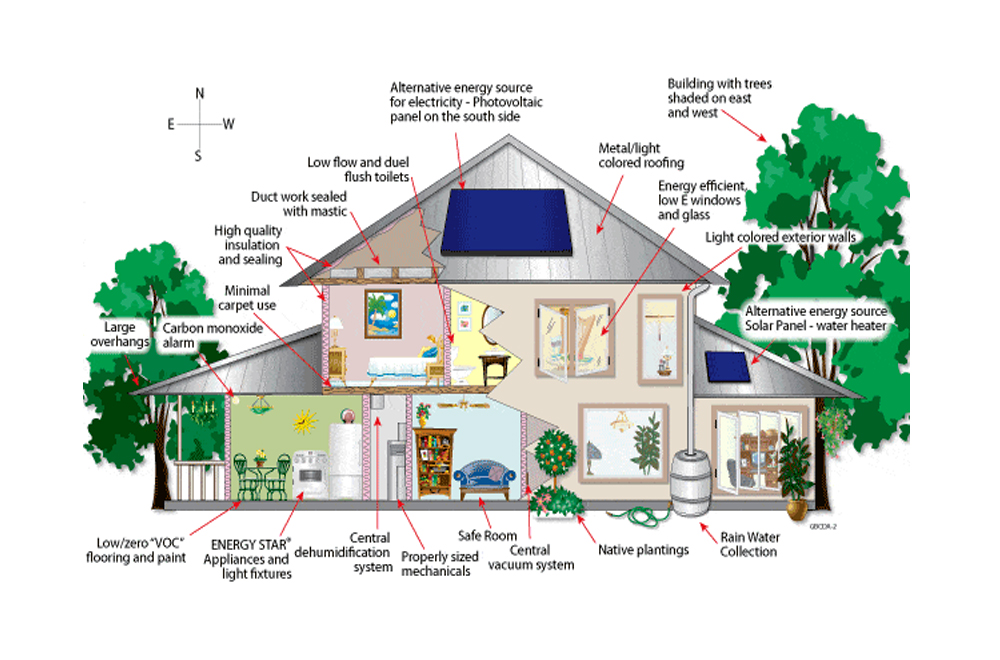Table of Contents
ToggleHow Does the Construction Bid Process Start?
The bid process begins when a contractor puts a tender out for work that needs to be completed. Subcontractors then reply to that tender with a bid to outline how they would complete the work and what it would cost.
Your bid makes the first impression on a client and gives them some idea of what they can expect if they choose to work with you. It provides you with the opportunity to showcase how qualified you are for the job and the value you can bring with your services.

Where to Find Construction Bids
Firstly, you need to know where to head to find construction jobs to bid on, and there isn’t only one strategy for this. Here are some ideas for where to find construction bids. Stay ahead of your competition by checking these places regularly.
- Construction bidding platforms, such as BidPlanroom, Construction Bid Source, BidClerk, Construction Wire, and iSqFt
- Google search terms such as ‘construction bids near me’, ‘bid on construction project <your town>’ or ‘invitation to bid construction <your town>’
- Building association websites often promote resources and networking opportunities. Take a look at:
How to Win Construction Bids
In this complete guide on how to win construction bids, we’ve split the process into three stages:
- Preparation: every action you need to take before putting a bid together
- Submission: what you should include when submitting a bid
- After submission: strap in, there’s work to be done after sending the bid too!
Preparation
1. Be selective in what you bid for
Bids take time to prepare and deliver accurately. You need to make sure that all the projects you bid on are definitely worth your time. Here are some tips for how to choose which projects to bid on:
- They should be within your niche
- If you don’t have a specialization that the job asks for, don’t bid
- Prioritize projects that are more likely to bring repeat business
- Consider the client – if they rarely award you work, haven’t responded to you on previous bids, or don’t pay their bills, your time may be better spent elsewhere
- Look at your competition – only bid on jobs with fewer than 5 competitors (if you can find out this information)
2. Research the client
Research everything you can find online to indicate what kind of contractor your client is. There’s a good chance you’ll be able to find a public record that outlines past projects your future client was involved in, the outcomes, and how they award projects.
If you can understand the client better, you’ll be able to establish what they want to achieve with this project, how they’d like it executed, and what kind of bid you’ll need to put forward to impress them.
3. Identify the decision-makers
Get to know prominent contractors by networking at industry events, or connecting on LinkedIn and Twitter. People are more likely to do business with people they trust, so you may find more work coming your way once you build relationships.
For an individual project, make sure you don’t waste time connecting with staff who have no say in its bid process. Research the company’s organizational structure. Once you take the time to get to know the decision-maker, you’ll be better prepared to tailor your bid to their needs.
4. Know your competition
What can you find out about your competition for this bid? Do you have a good idea who else is going to bid for the work? If you can establish what criteria they’re likely to use when bidding, you’ll have a basis from which to differentiate your own bid and demonstrate your superior value.
5. Understand your true costs
It can be tempting to feel like you have to bid low to win a project. But don’t bid too low, or you’ll end up running at a loss and paying money out of your own pocket to finish the job.
You need to be realistic with prices before you commit to anything. This means:
- Requesting to visit the job site for measurements
- Counting out material and checking up-to-date prices
- Adding 5% for accidental material waste
- Adding 5%-10% as a contingency cost
- Establishing your labor costs
Alternatively, Construct Estimates provides estimating services that can complete your quantity takeoff or cost estimate within 2-4 business days.
Submission
You know you want to bid on a piece of work, and you’re prepared with all of the information you need. You’ve registered your interest and any pre-bid interviews have taken place. You’re now ready to submit your bid based on the contractor’s criteria.
1. Be the first to bid
When a contractor puts a bid out to tender, they’re wondering what’s going to come back to them and how their problems are going to be solved. Most clients take at least a week before they engage with the first prospective subcontractor.
When you’re the first person to submit your proposal, you become the standard by which the client judges other bidders and their own project expectations. On the flip side, by a certain time, all submitted bids begin to look similar to them. And if they’re not planning on reading any more bids after say, the tenth one they receive, getting your bid in early secures your chances of making the cut.
2. Break down the costs for your future client
Price will always be important in your client’s decision-making process. Avoid lumping costs together or thinking the client won’t care about the details. You need to break it down for them and highlight how you’ve calculated costs for equipment, materials, and other elements. Back up your calculations with clear data and explanations of why each cost is required.
This will help the client see more clearly where the value in your service lies, especially if you’re not the cheapest bidder. You may be planning to invest in technology that makes the project more efficient and ultimately saves money, for instance. The client needs to be able to measure their return on investment (ROI) easily.
3. Promote your value
In a downward race for the lowest bid, everyone loses, as it gives no one the chance to make any profit and clients often receive a low level of service. But clients will pay more for value – they’re not only interested in the lowest bid.
Instead, differentiate your company from the competition. Make a compelling argument for exactly what your value is and why the client should pay more money for you than your competitors. Do you have more skills and experience than the other bidders? Do you specialize in this type of project? Do you provide efficient customer service even once the project has finished? If you’re unsure what your competitive advantage is, take a step backward and brainstorm where you can add unique value.
4. Highlight your qualifications and experience
Create a separate section of your bid that lays out each member of your team’s key responsibilities, qualifications, accountabilities, and any related key competencies.
Showcasing your team’s qualifications and reputation in the industry is a no-brainer if you want to persuade your client that you’re the right team for the job. And if it’s a close decision between you and another bidder, having more impressive skills and experience may be all that’s needed to surpass your competition.
After Submission
You’ve submitted your bid and you’re now waiting to hear back from the client. Later, once they’ve decided on the subcontractor they want to work with, the client may try to negotiate the price for the work.
1. Follow up on your bid
Develop a process for following up on your bids. That could be that you send a follow-up email three days after you submit a bid, and make a phone call four days after that. As you build an understanding of each client’s communication preferences, tailor your follow-up process accordingly.
Taking ownership of the follow-up process will show a client that you’re communicative, eager and easy to work with – all qualities they’re looking for in a subcontractor.
Also, clients are unlikely to make the effort to come back to all parties who submitted a bid with a request for revisions. Following up gives you the opportunity to ask if there’s anything they feel needs to be changed or improved upon.
2. Create a one-sheet
A one-sheet is a single page that lays out the basics of your proposal. It can be used as a visual aid to follow up at a certain point of the process. Around two weeks after the bid is put out for tender, the client has probably received a few bids, and this is the perfect time to help sway their decision.
3. View objections as opportunities to learn
Once your bid is submitted, you need to be prepared to justify and promote the contents. Work with your team to anticipate all the possible questions and concerns the client is likely to raise. Draw up solutions to each of these points, so you’ll be prepared and ahead of your competitors when the time comes. Find statistics and past testimonials to allay specific fears the client might have.
Objections from your future client should be seen as a great opportunity to get to know them better and nurture that relationship.
If you know elements of what your competitors may be offering in their bids, address this with the client and demonstrate to them how your solution is superior.
Deliver a Superior Construction Bid Every Time
This whole construction bidding process may be more complicated than you were expecting. But with a little practice, you can develop a method of working that will become second nature. Begin utilizing the tips above, and you’ll be flying above your competition in no time.






